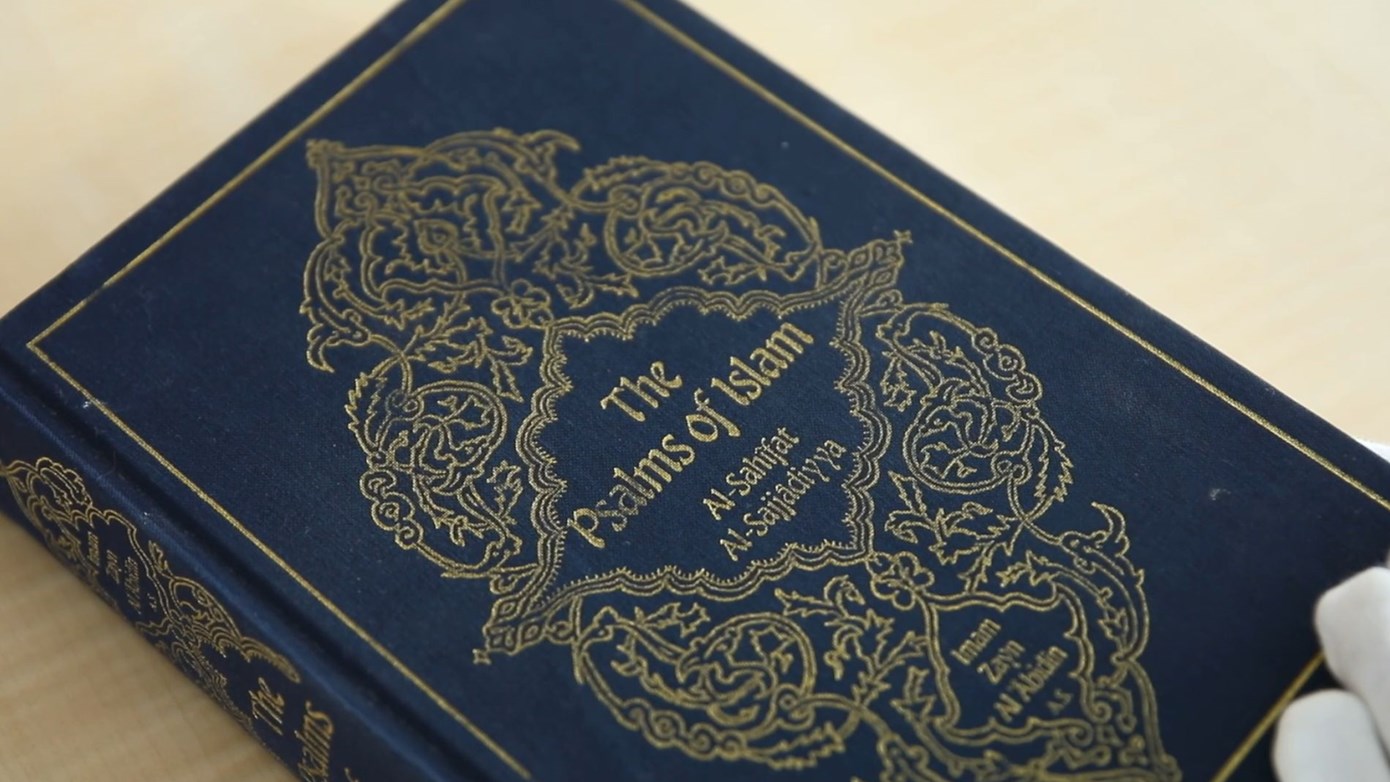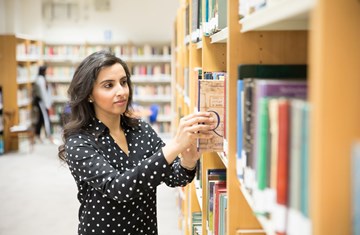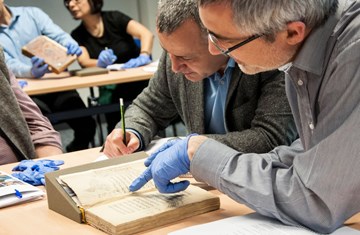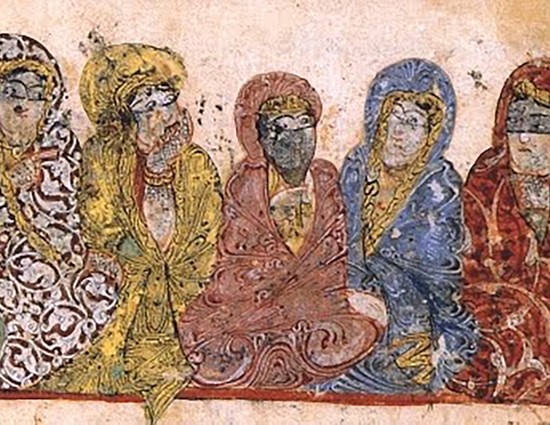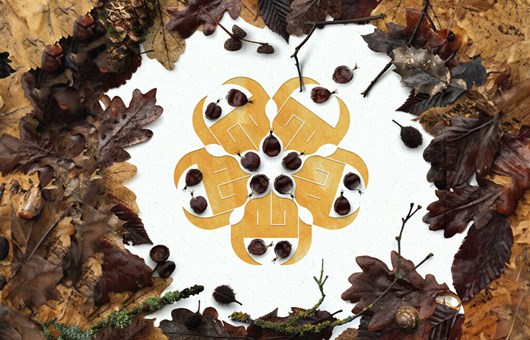About us
The Institute of Ismaili Studies (IIS) was established in 1977 as an academic institution of higher education. It is dedicated to the study of Islam, with a particular focus on the history, philosophy, law, and mysticism of Ismaili and broader Shi‘i intellectual and cultural heritages within the larger Muslim ummah.
Study with us
Discover our research
Research at the IIS seeks to contribute to the field of Islamic studies in general, with a particular focus on Shi ‘i and Ismaili studies.
Explore our publications
The IIS publishes works by its own scholars as well as from the academic community outside the Institute.



